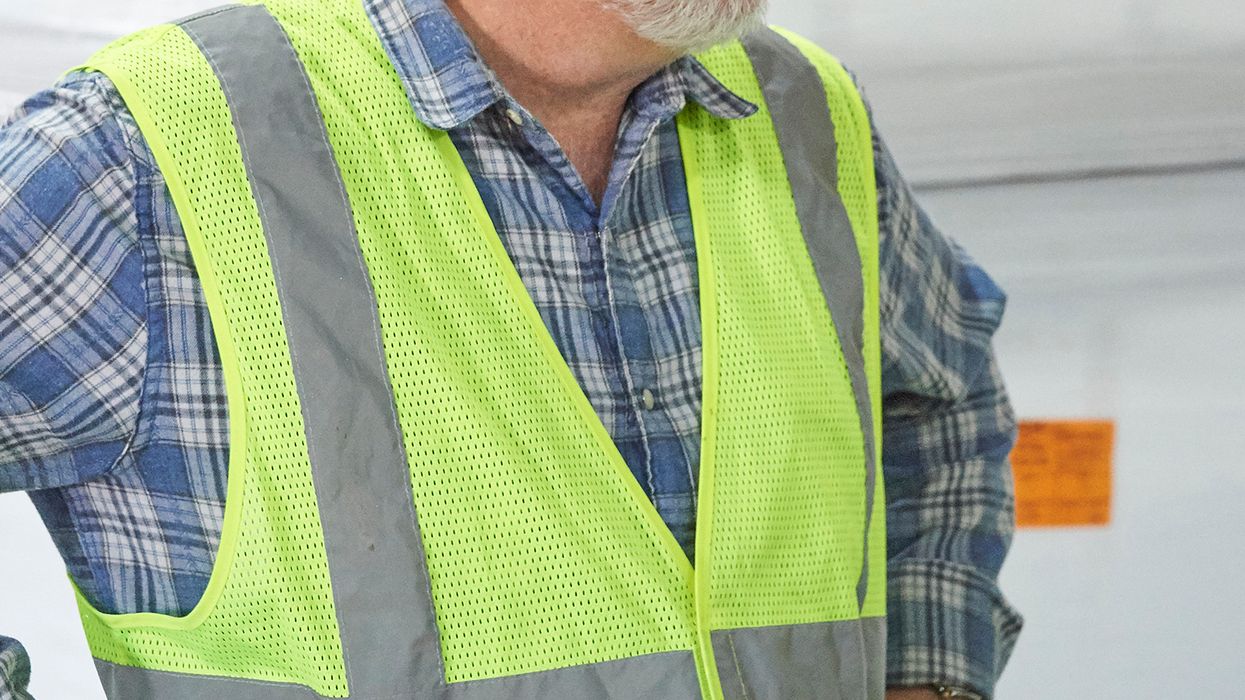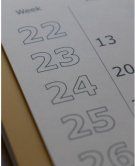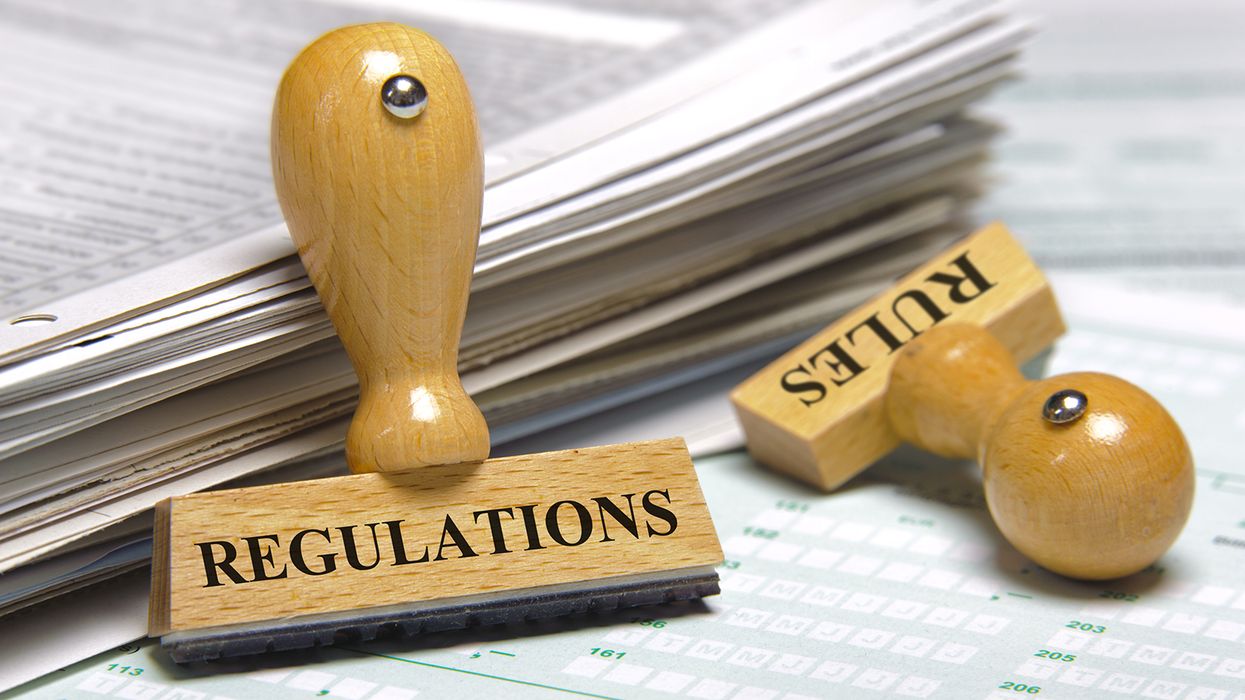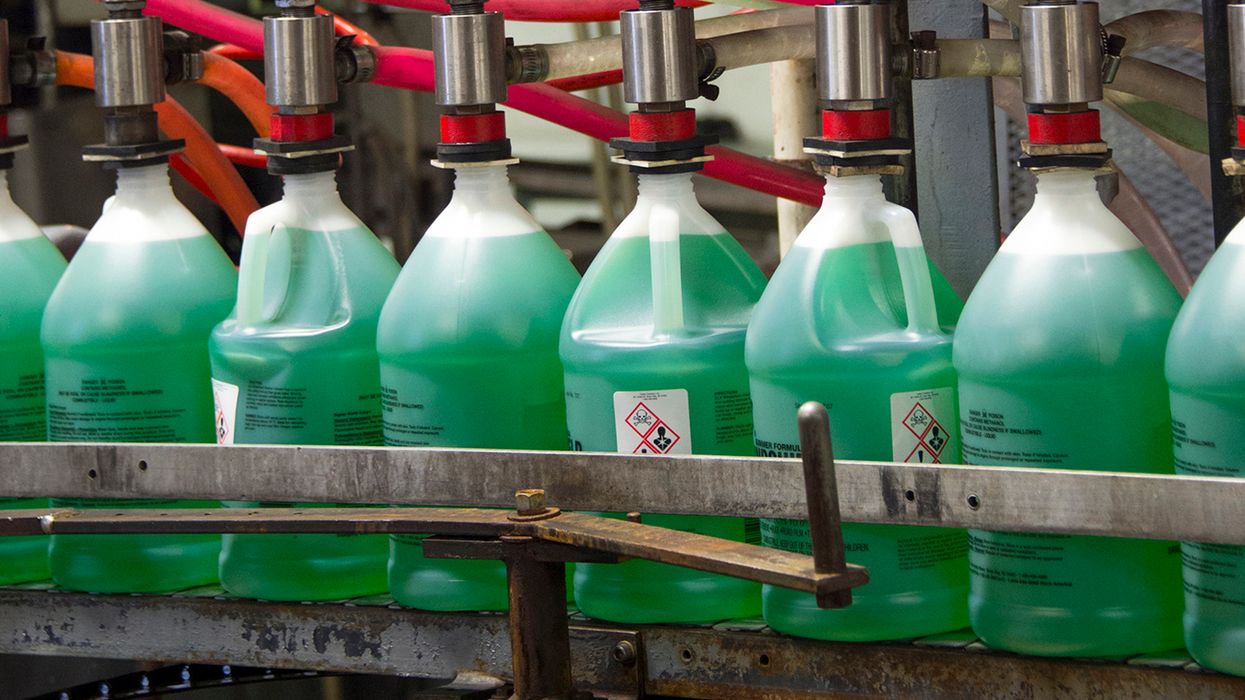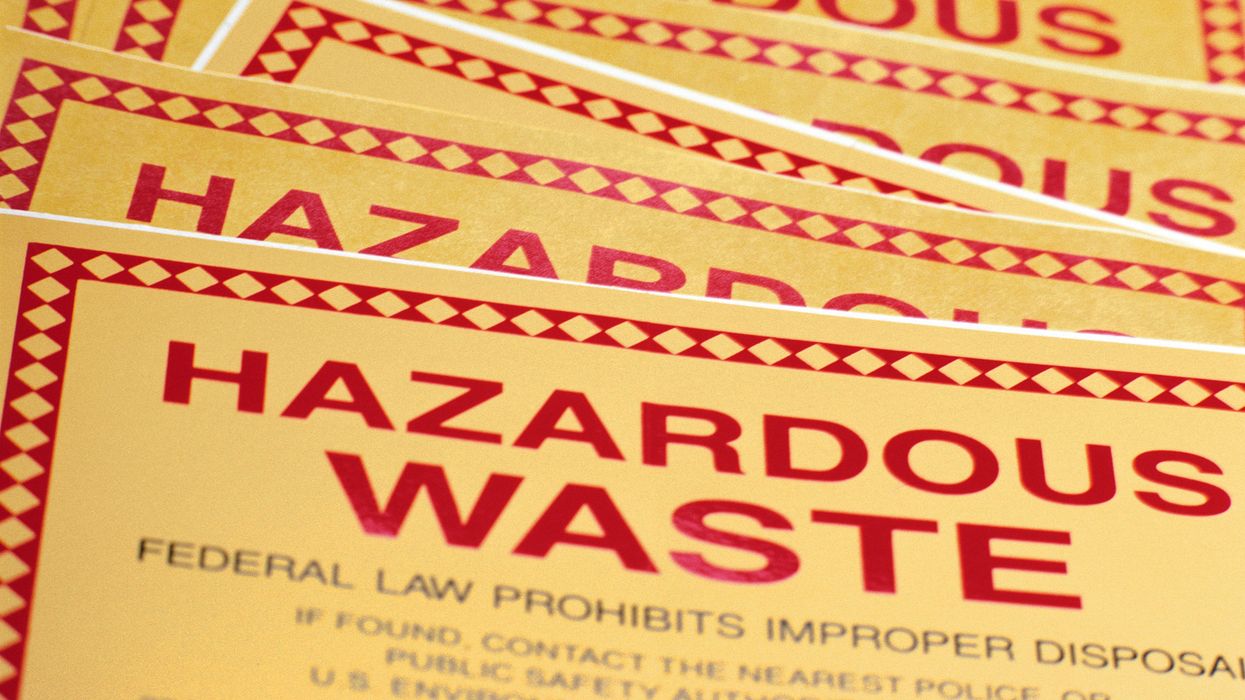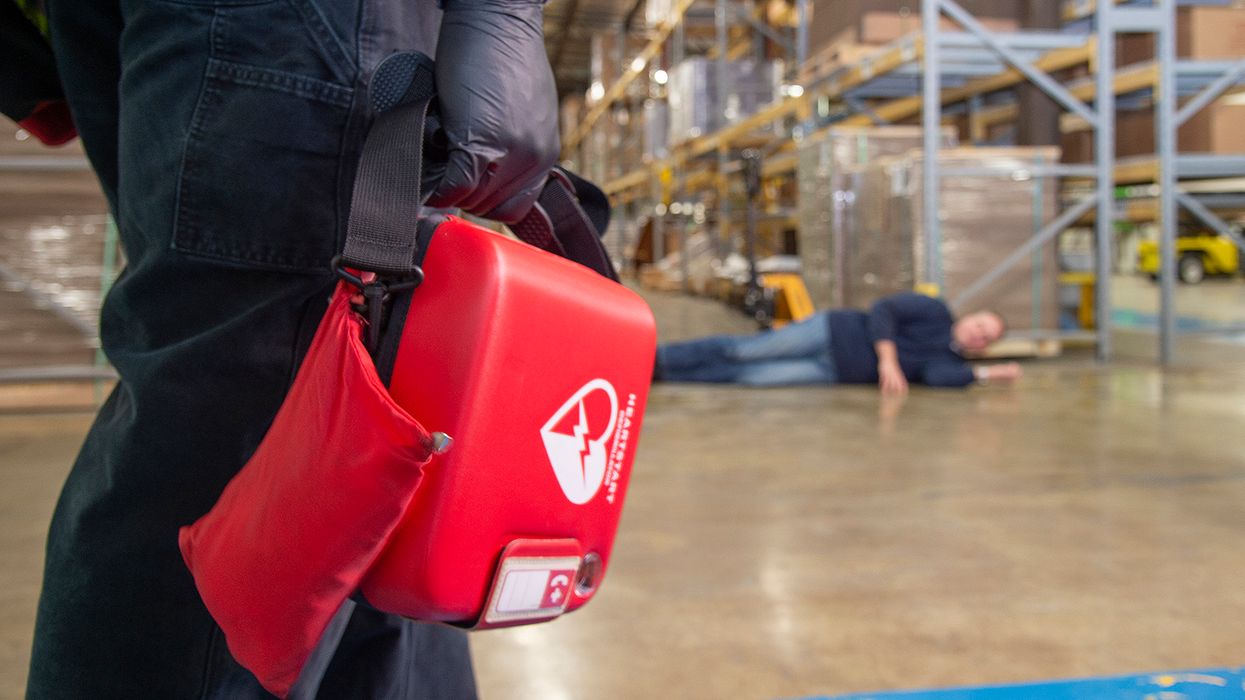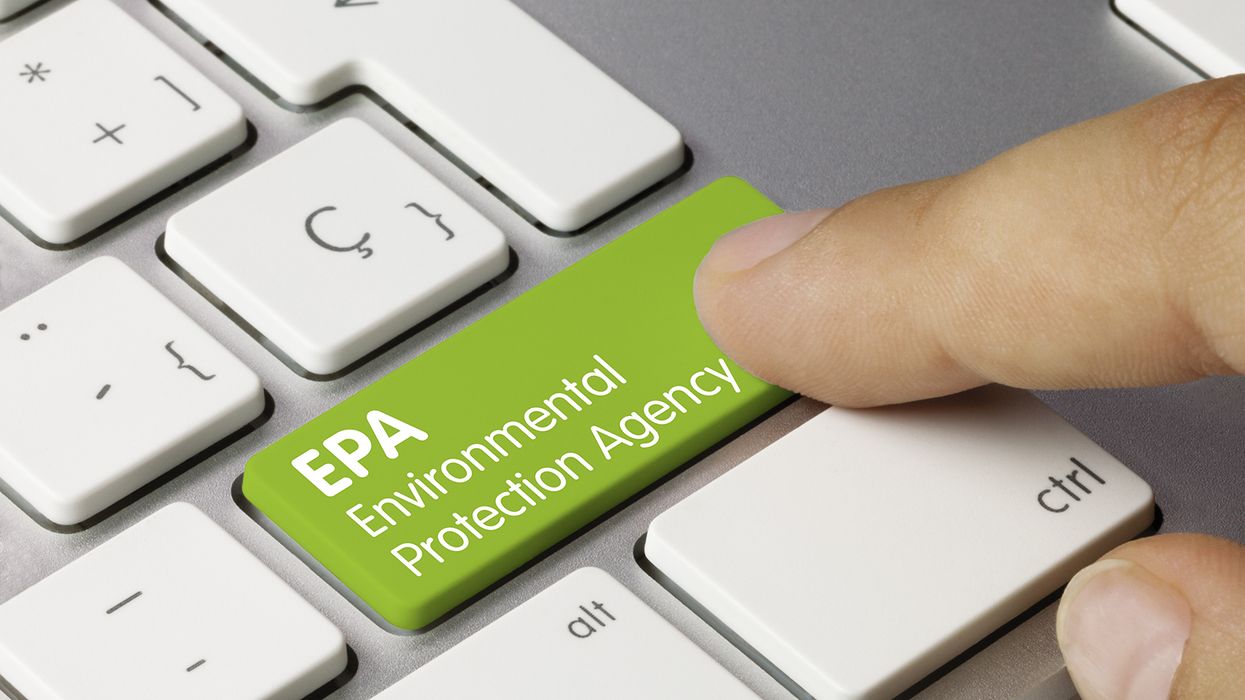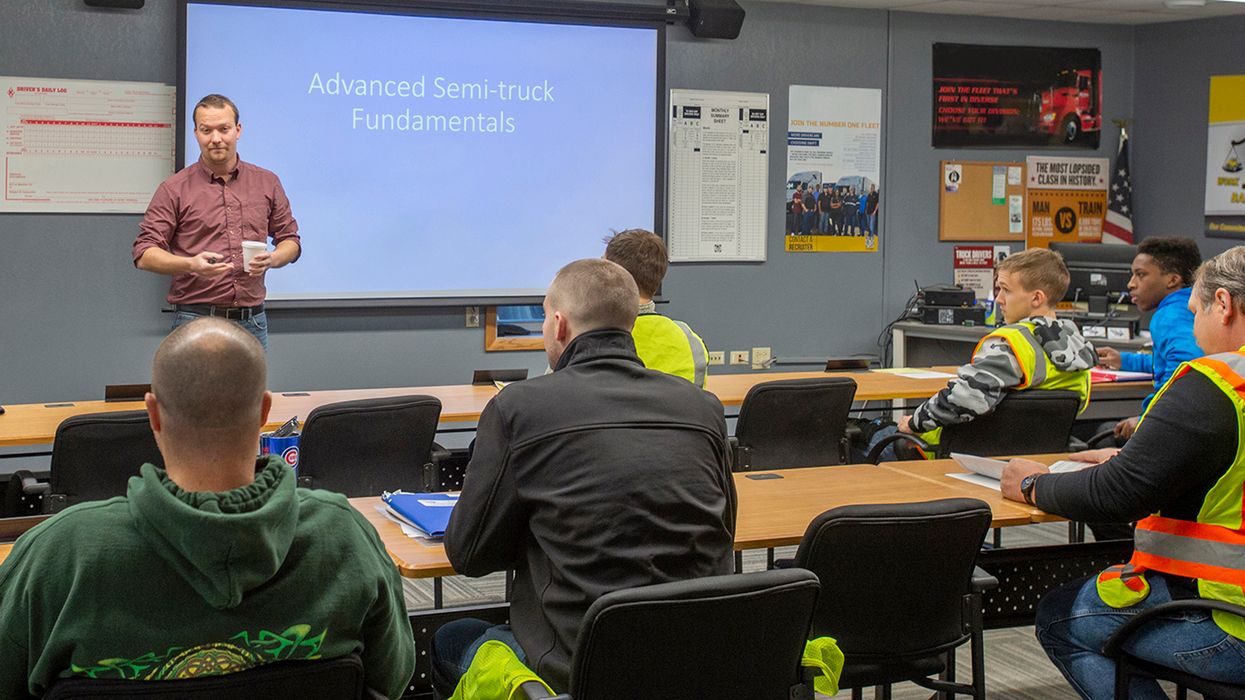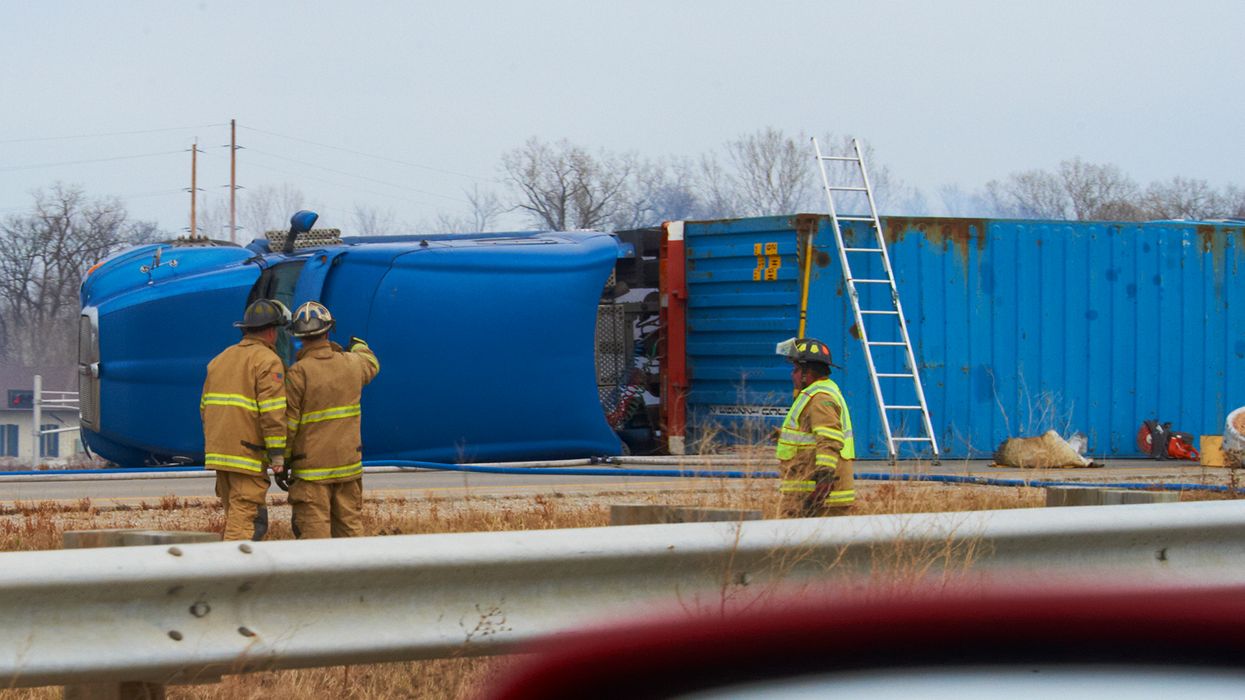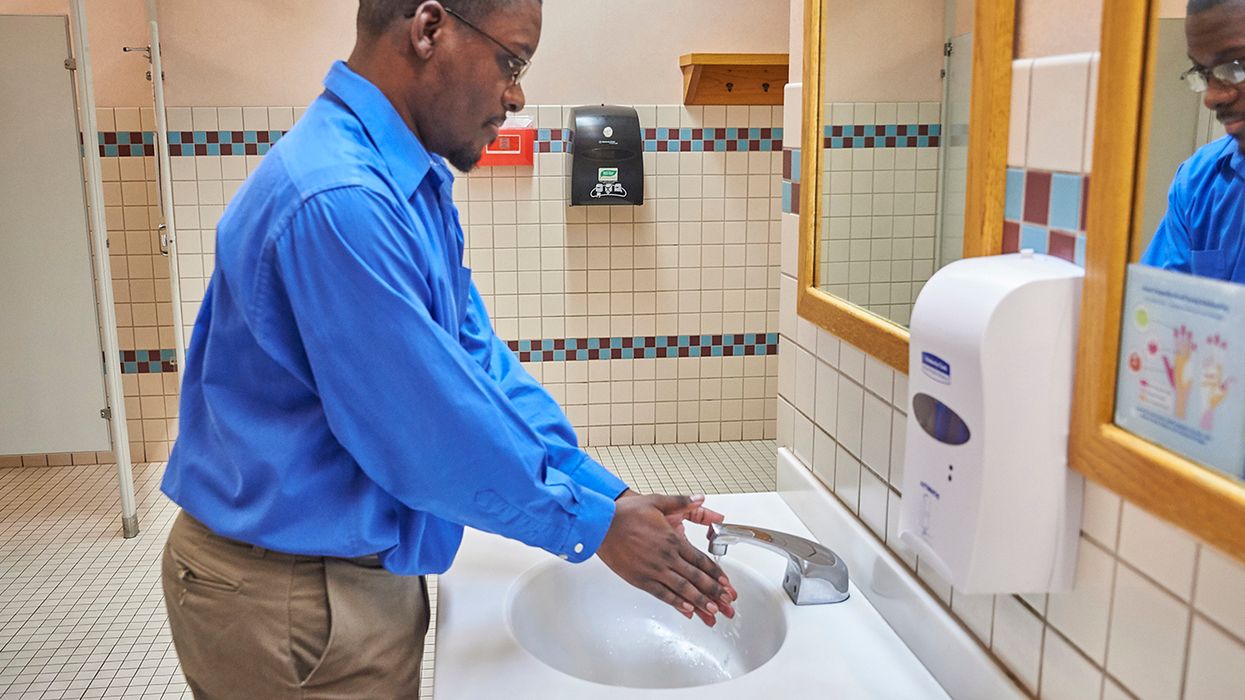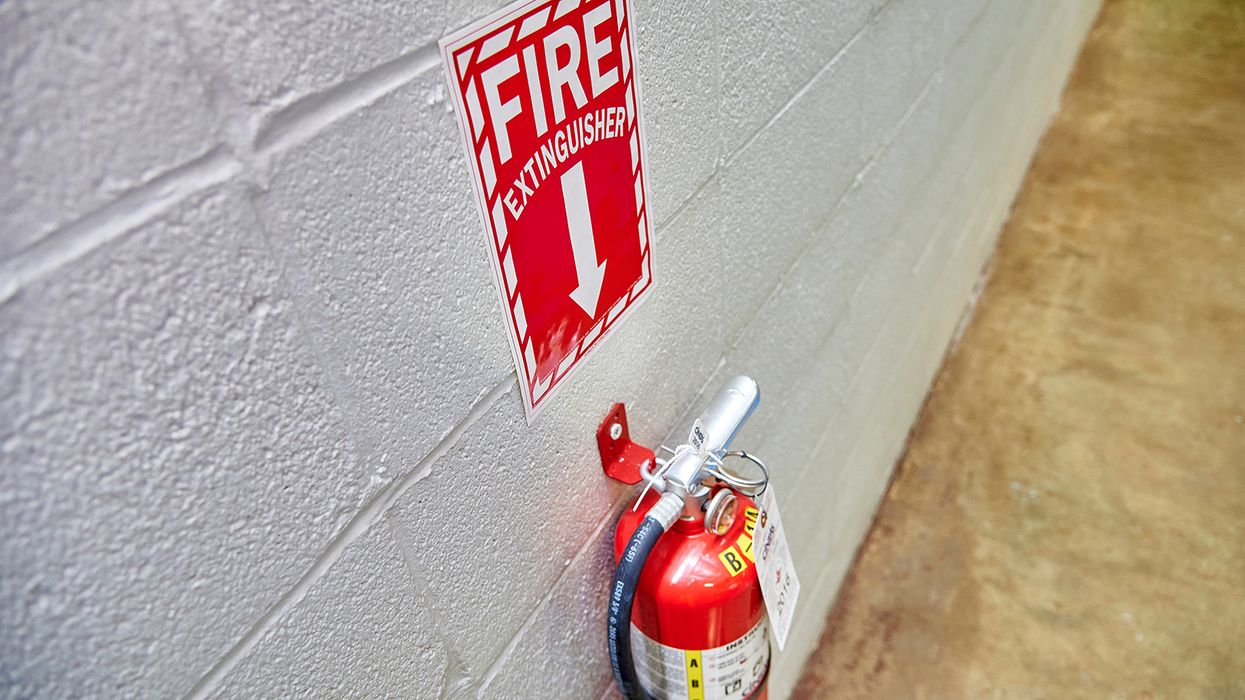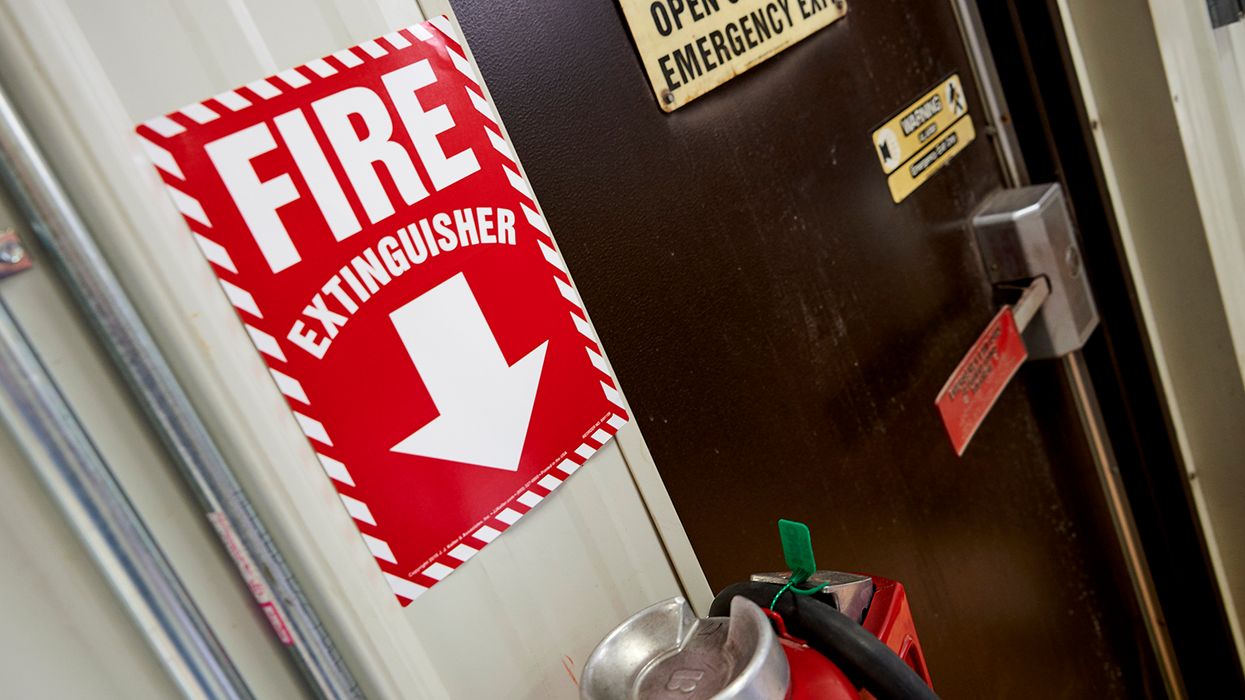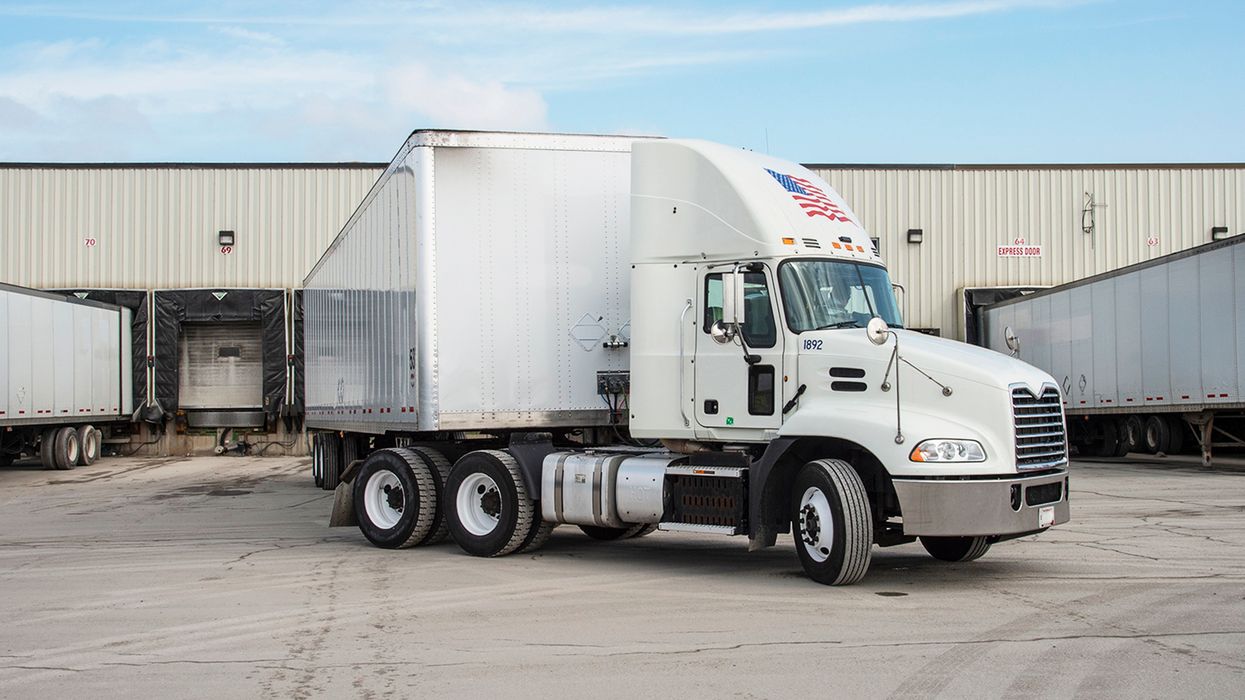Are you using J.J. Keller’s Expert Help tool to get your PPE questions answered?
Did you know that Personal Protective Equipment (PPE) is the last line of defense to protect workers from hazards? If other more effective controls such as engineering and administrative controls aren’t effective enough, then PPE may need to be used. Employers can also pair PPE controls with more effective control such as using respiratory protection and installing mechanical ventilation.
Based on a 2023 study by the J. J. Keller Center for Market Insights, one-third of participants told us that they rarely have issues with employees following proper PPE protocols. The most common reasons employees gave for not wearing it include just not wanting to and not thinking it was necessary.
As workplace safety continues to be a top priority, you may find that your workplace is grappling with various challenges related to PPE. From program design and procurement to paying for PPE and compliance, employers are facing a multitude of issues. Here are some top J.J. Keller Safety Management Suite Expert Help PPE questions to help you with PPE management.
While performing a PPE assessment, do employers need to consider the possibility of exposure to several hazards simultaneously?
Yes—estimate the potential for injuries using the data collected from your hazard assessment. Determine the type, level of risk, and seriousness of potential injury from each of the hazards found in the area. The possibility of exposure to several hazards simultaneously should be considered.
Do employers have to pay for everyday clothing?
No—OSHA exempts everyday work clothing and clothing, or other items used solely for protection from the weather. You do not have to pay for everyday clothing even though you may require your employees to wear such items as long pants or long-sleeve shirts. This clothing may have some protective value, but OSHA does not consider it to be PPE.
Can employers allow employees to provide their PPE voluntarily?
Yes—you may have a situation where PPE is required, and you do provide it at no cost, but the employee voluntarily wants to use their own PPE. You can allow a worker to use their protective equipment if you determine it will provide adequate protection. You do not have to reimburse the employee for it.
OSHA clarifies that you must not require employees to provide or pay for their own necessary PPE. This prevents employers from avoiding their obligations by requiring workers to purchase PPE as a condition of employment.
Do employers have to pay to replace lost or intentionally damaged PPE?
No—the rule requires you to pay for the equipment when you first issue it and when you replace it. Damaged or worn-out PPE does not provide adequate protection. According to OSHA, PPE is more likely to be replaced promptly when the employer pays for it.
The rule also does not prohibit you from charging workers for replacement PPE when they fail to bring it back to the workplace. You do not have to pay for replacement PPE when the worker has lost or intentionally damaged it.
Do employers in the construction industry need to ensure PPE fits and is comfortable?
Yes—OSHA 1926.95 currently requires employers to ensure PPE is of safe design and construction. However, it leaves ambiguity about the proper fit of PPE. The result is that workers often must choose among standardized PPE that does not fit properly or protect them from hazards adequately. For example, smaller construction workers like women may not be adequately protected with standard PPE sizes.
Ill-fitting PPE, such as standardized fall protection harness sizes, can also affect larger workers. So, yes, employers must ensure workers' PPE fits well and is comfortable. OSHA is working to make this clear in its standard. As of July 20, 2023, OSHA is working to update its standard to clarify employers must ensure PPE fits properly and is comfortable.
Key to remember
The top concerns about PPE include designing effective programs, ensuring PPE fits and is comfortable, paying for PPE, and ensuring compliance for voluntary usage. Remember to use J.J. Keller's Expert Help tool to answer your compliance questions. You can access it through the Safety Management Suite.

